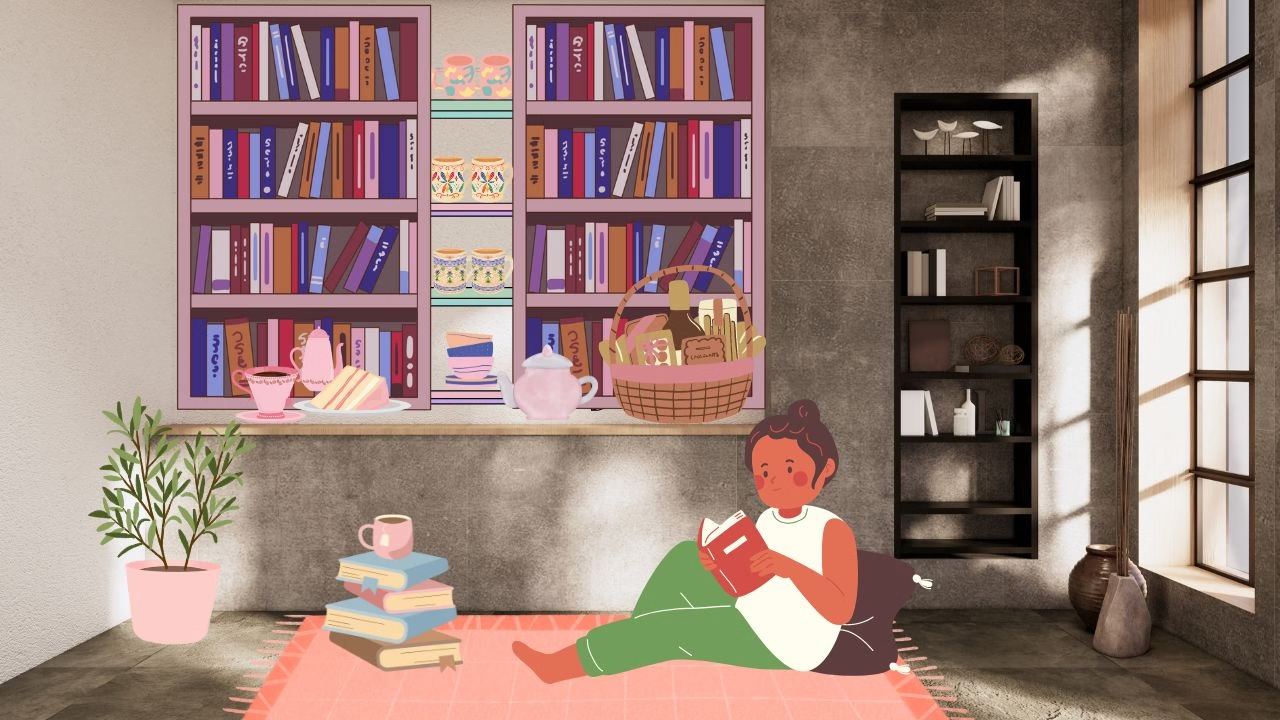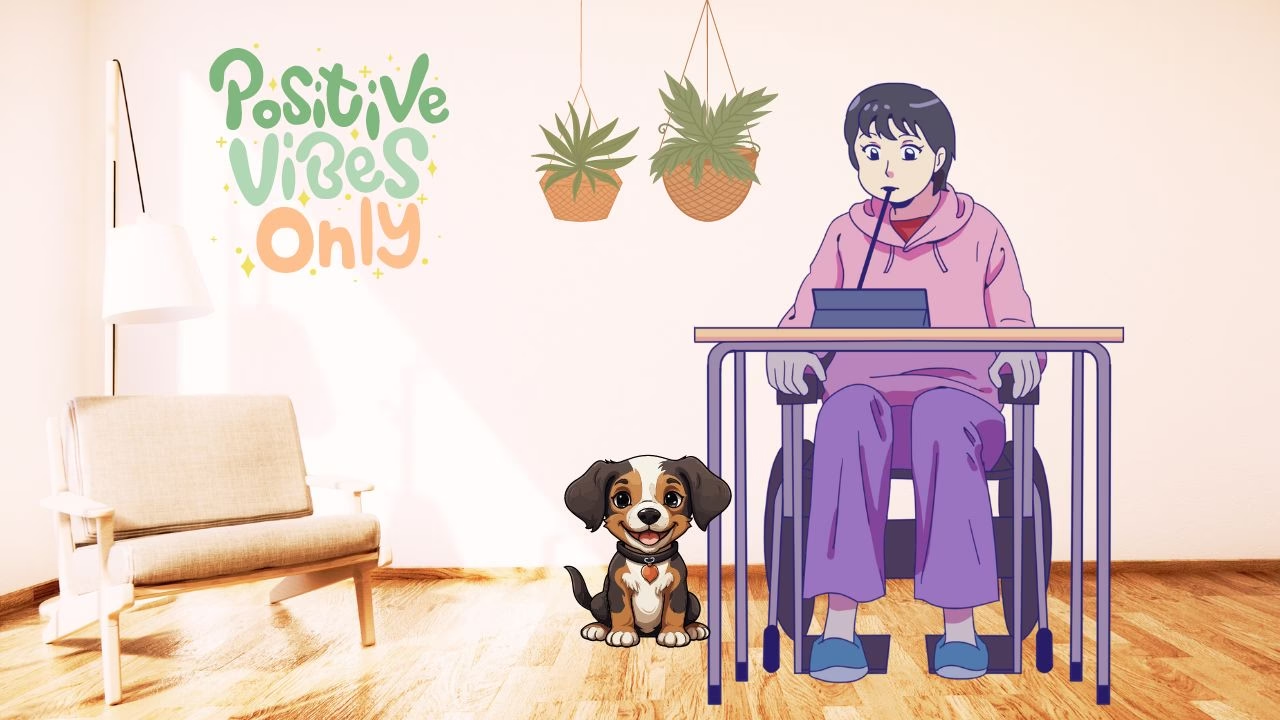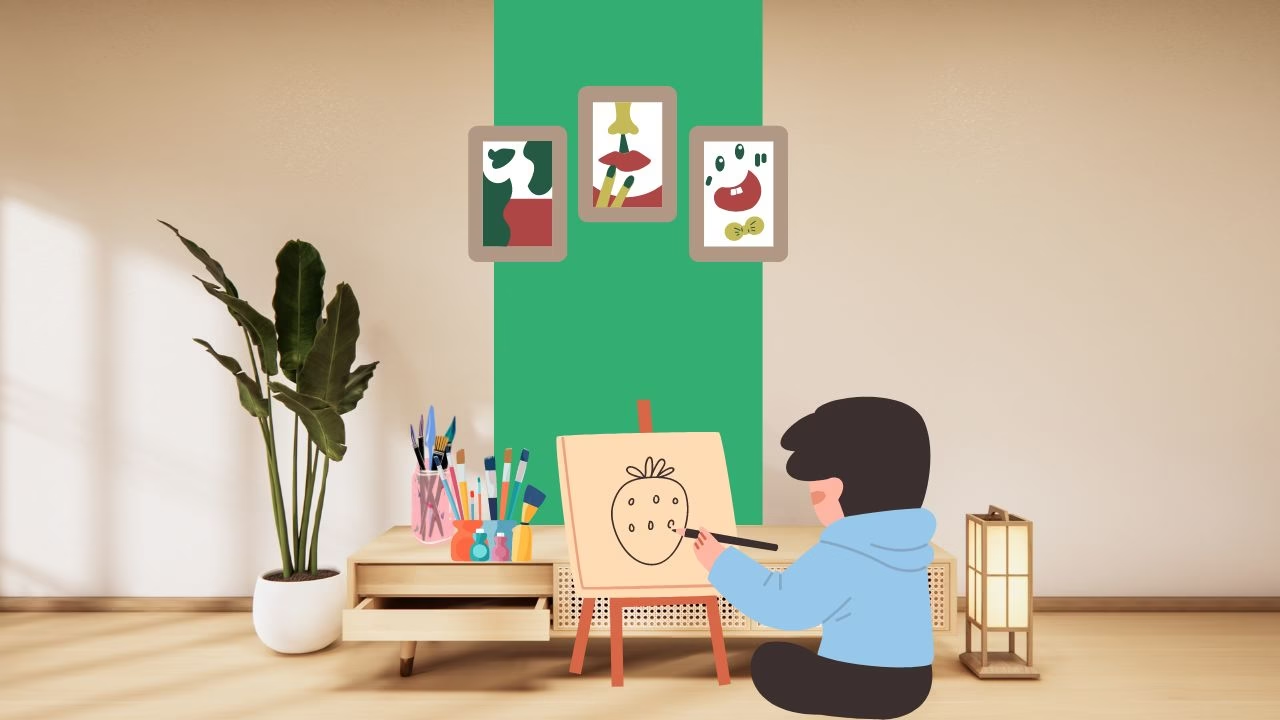Greetings!
Hey there, Housebound Friends! Have you ever heard of Point of Use? Let’s talk about something we struggle with occasionally: finding our stuff. Whether it’s your medication, the remote control, or your favourite book, losing track of things can be incredibly frustrating, especially when you’re housebound due to chronic illness, mental health issues, or neurodivergent conditions.
Where Did I Put The Thing?
Organizing your possessions might seem like a daunting task, but trust me, it can be gratifying. Imagine the joy of never having to frantically search for your glasses again or the peace of knowing exactly where your knitting supplies are. Sounds like a dream, right? Well, I want to share something that might work for you, too (at least most of the time).
Introducing Point of Use
We’ve all been there. Picture this: you’re all set to watch your favourite show, you’ve got your snacks, you’re cosy in your favourite spot, and then… the remote is nowhere to be found. You spend the next 20 minutes turning the room upside down, only to find it nestled in the most unexpected place. Frustrating, isn’t it? But what if there was a way to prevent these little annoyances? Enter the “Point of Use” method!
What is the “Point of Use” Method?
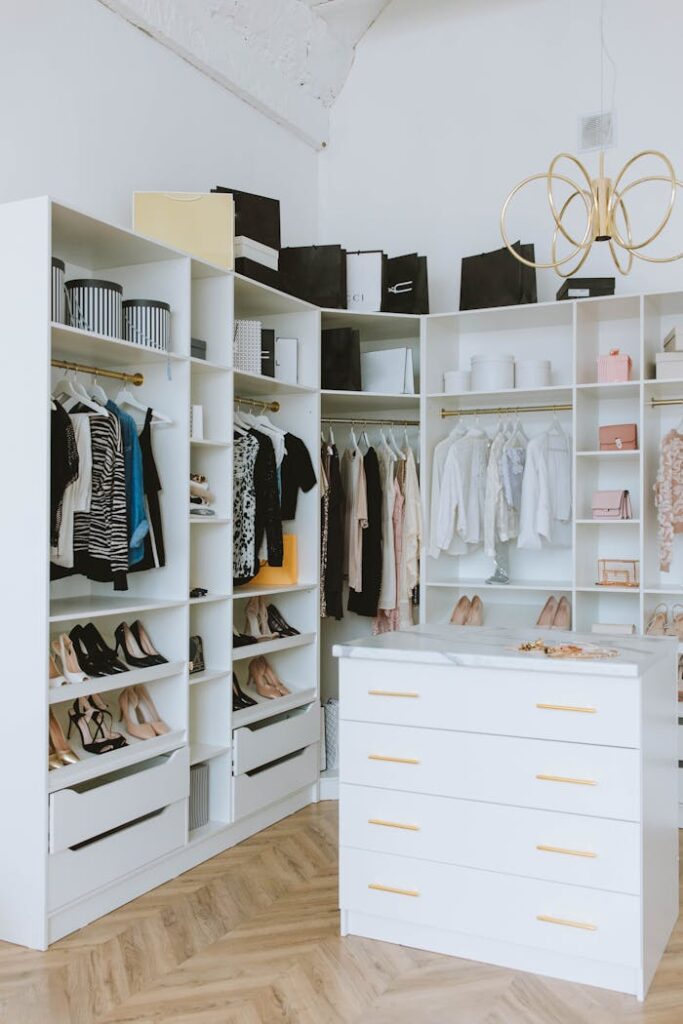
Definition and Explanation
The “Point of Use” method is a simple but effective organizational strategy. It involves storing items where you actually use them. By keeping things close to where you need them, you can save time, reduce frustration, and make your daily routine smoother.
For those of us who are housebound, this method can be a game-changer. When mobility is limited, or energy is in short supply, having everything you need within arm’s reach can make a huge difference. It’s all about making life easier and more manageable.
Benefits of Point of Use
Implementing the “Point of Use” method can transform your home into a more functional and harmonious environment tailored to make your daily life easier. Stay tuned as we discuss how you can start using this method today!
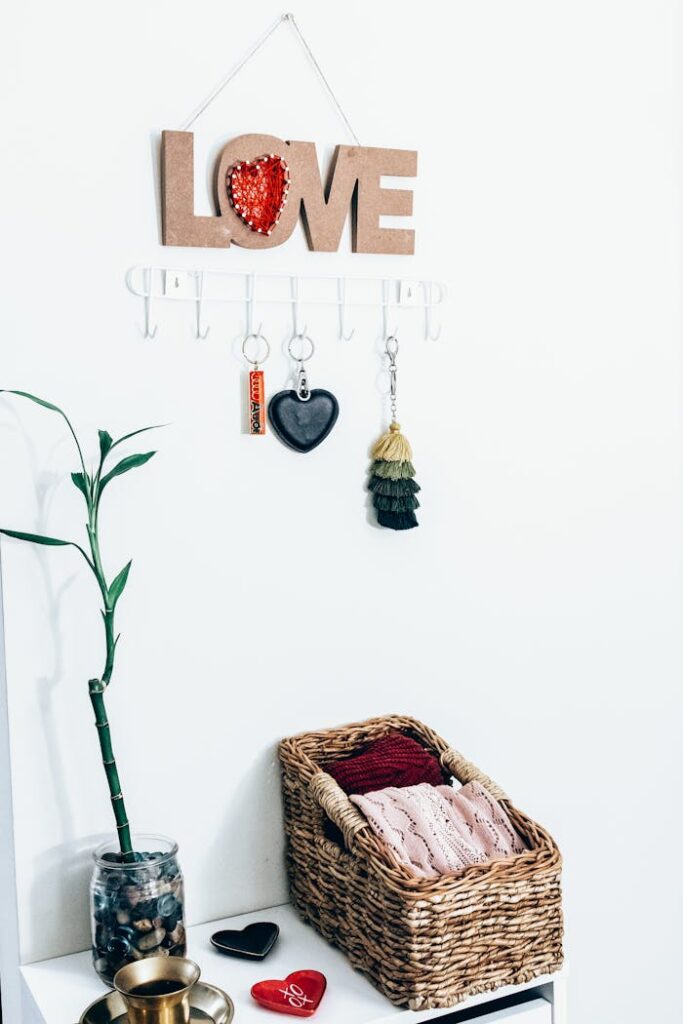
Reduced Stress and Frustration
Imagine a day where you don’t have to hunt for your keys, glasses, or any other frequently used items. By storing things at their point of use, you can significantly reduce the time and stress spent searching for them.
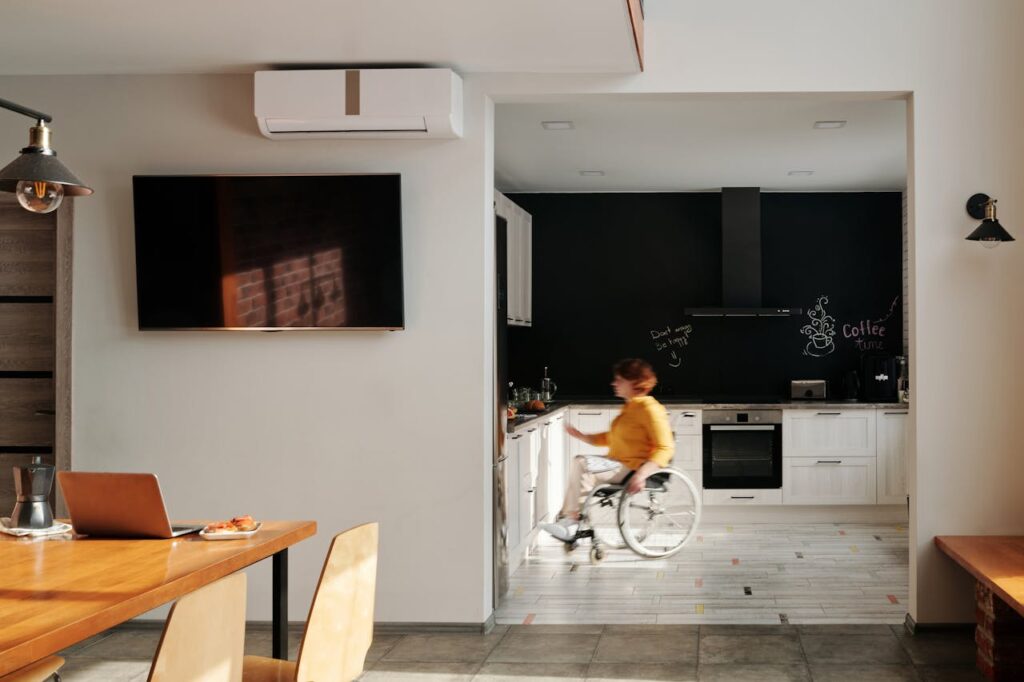
Increased Independence and Ease of Access
Being able to easily access what you need without relying on others boosts your independence. This method allows you to create a space that works for you, accommodating your needs and routines.
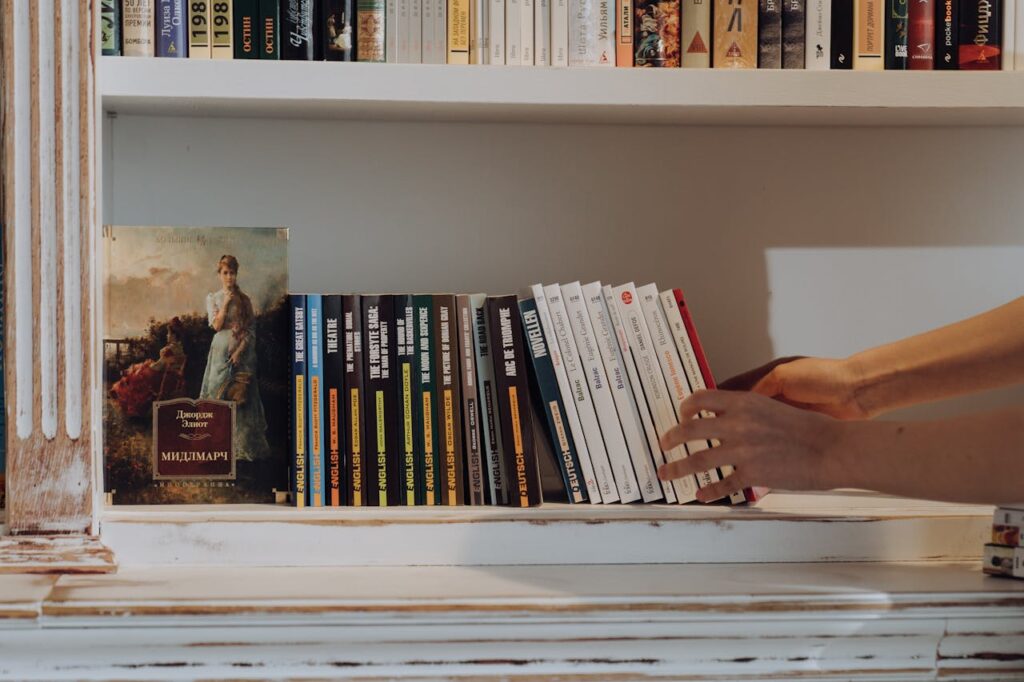
Better Utilization of Living Space
Your living space becomes more organized and efficient when everything has a designated spot. This can make even the smallest spaces feel more spacious and less cluttered.
Step-by-Step Guide to Implementing the “Point of Use” Method
Step 1: Identify Key Areas and Items
Step 2: Designate Specific Locations
Step 3: Use Organizational Tools
Step 4: Label and Maintain
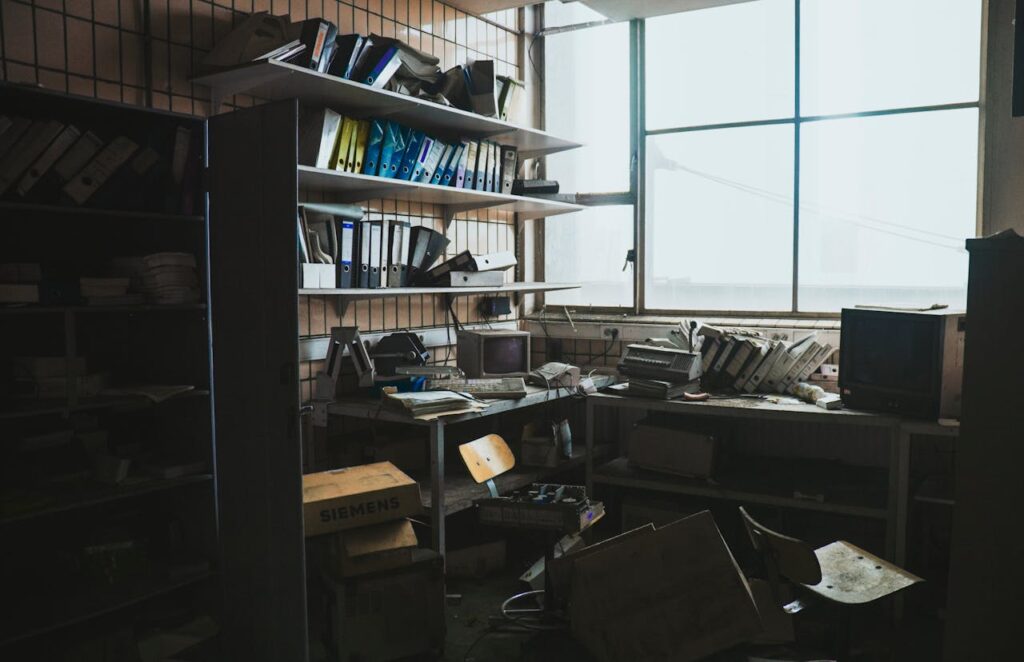
Step 1: Identify Key Areas and Items
First, let’s figure out what you use most often and where you usually need it. Take a look around your home and think about your daily routines. What items do you reach for frequently? Is it your medication, TV remote, favourite crafting supplies, or a book you’re reading?
Make a list of these frequently used items and categorize them. Some typical categories might include:
– Medication
– Remote controls
– Craft supplies
– Personal care items
– Reading materials
Identifying these essential items and their typical locations will help you get a more organized space.
Step 2: Designate Specific Locations
Now that you know what and where you need it, it’s time to assign each item a specific spot. The key here is accessibility and convenience. Think about where it would make the most sense to store each item so it’s always within easy reach when needed.
For example, if you usually take your medications in the morning and at night, keep them in a bedside drawer. Place the remote control in a small basket on the coffee table or beside your favourite chair. Your craft supplies can be stored in a rolling cart to quickly move to your crafting area.
The goal is to ensure everything has a home and that home is as close as possible to where you use the item.
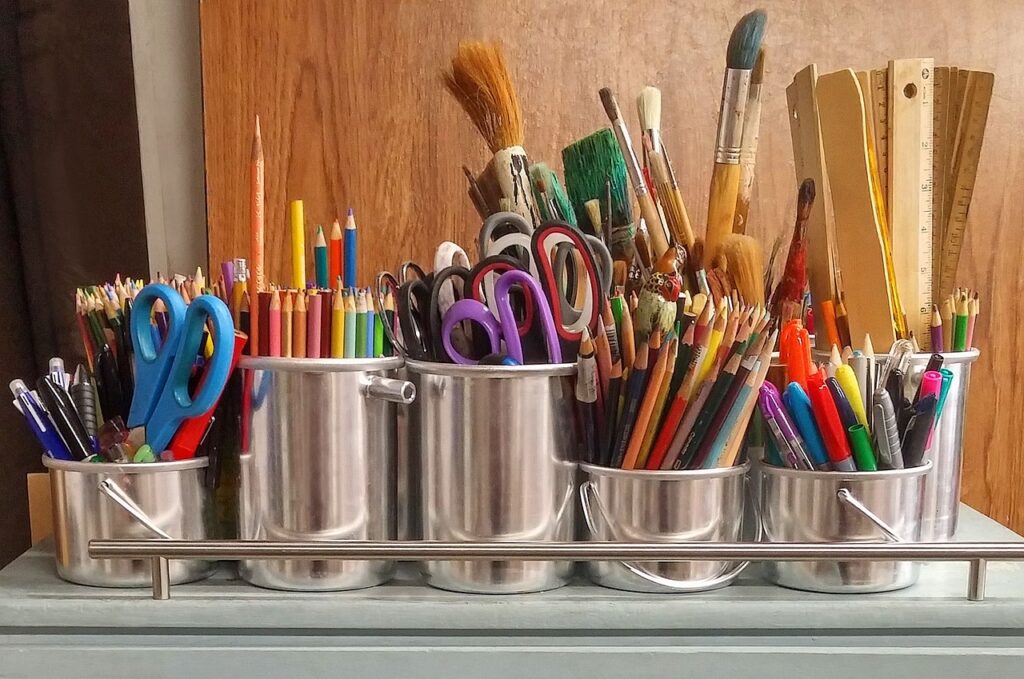
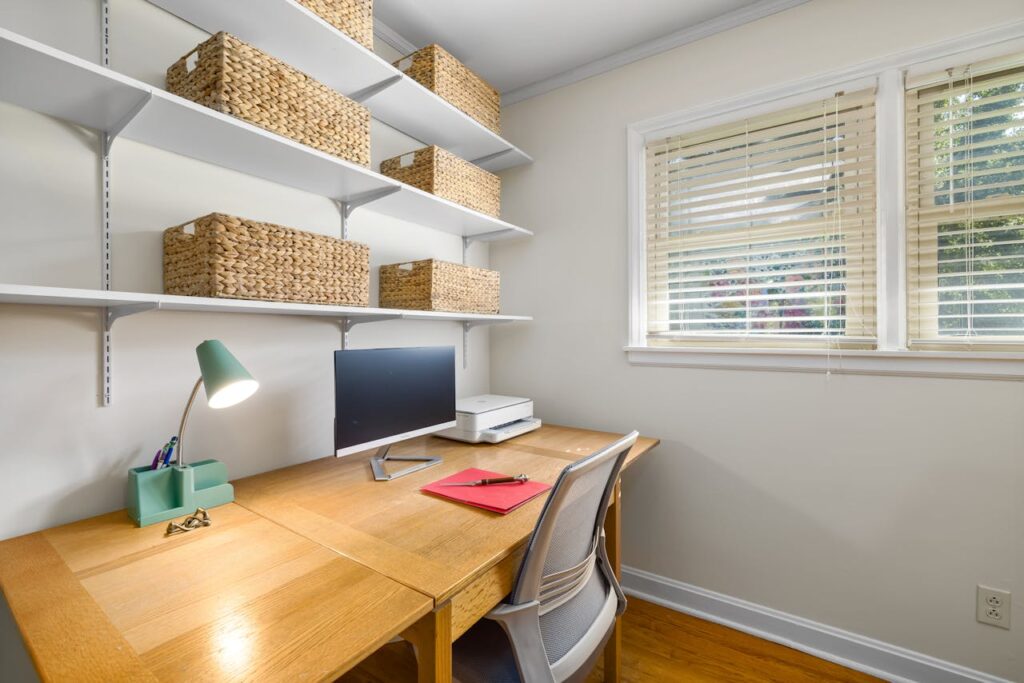
Step 3: Use Organizational Tools
Organizational tools like baskets, trays, and containers keep things tidy and easy to find. These tools don’t have to be expensive—you can find budget-friendly options at dollar stores or even repurpose items you already have at home.
Here are a few ideas:
– Baskets for holding remote controls, reading glasses, or knitting supplies.
– Trays for grouping similar items together, like skincare products or writing utensils.
– Containers for storing medications, crafting materials, or office supplies.
If you’re into DIY, you can even create storage solutions. For instance, old shoeboxes can be decorated as storage bins, or empty jars can hold small items like buttons or paper clips.
Step 4: Label and Maintain
Labelling is a fantastic way to ensure you always know where things belong. You can use a label maker or sticky notes or write directly on containers with a marker. Labels make it easier for you to find things and anyone who might be helping you around the house.
Maintaining your “Point of Use” system is as important as setting it up. Schedule regular check-ins to ensure everything is in place and the system works for you. A quick tidy-up at the end of each day or week helps keep things in order.
And remember, it’s okay to adjust the system as needed. If you find that something isn’t working as well as you’d hoped, feel free to change it. The goal is to create a space that works for you and makes your daily life easier.
With these steps, you’ll be well on your way to a more organized and stress-free home. Try the “Point of Use” method and see how it transforms your space!

Real-Life Examples and Success Stories
Case Study 1: Jessica McCabe’s Experience with “Point of Use”
Jessica McCabe, known for her YouTube channel “How to ADHD,” has shared her journey of living with ADHD and how organizational strategies have made a significant impact on her daily life.
Jessica used to struggle with a chaotic studio but transformed her workspace after implementing the “Point of Use” method. She improved her productivity and well-being by designating specific spots for her camera equipment and keeping her notes and supplies within arm’s reach.
This personalized organizational approach made her studio more functional, conducive to productivity and reduced her stress levels.
This is the last video I’m making in this studio!! (ADHD Friendly Studio Tour)
Case Study 2: Sarah’s Success with the “Point of Use” Method
Sarah is a creative individual who is housebound due to chronic illness. Frustrated by clutter in her small apartment, she tried the “Point of Use” method.
Sarah organized her living room by adding a storage unit for her kettle, spoon, mugs and teabags, plus a drawer for blankets. In the bedroom, she replaced her bedside cabinet with a rolling medication cart. For her artwork, she invested in a small portable storage crate to hold paints, brushes and canvas.
The Positive Impact: This method brought calm and control to her life, making her more independent and enhancing her creativity. This success story shows how this method can transform a cluttered space into an organized haven.
Common Challenges and Solutions
Even with the best intentions, organizing your space can be challenging. But don’t worry—we’ve got some practical solutions to help you overcome these common challenges!
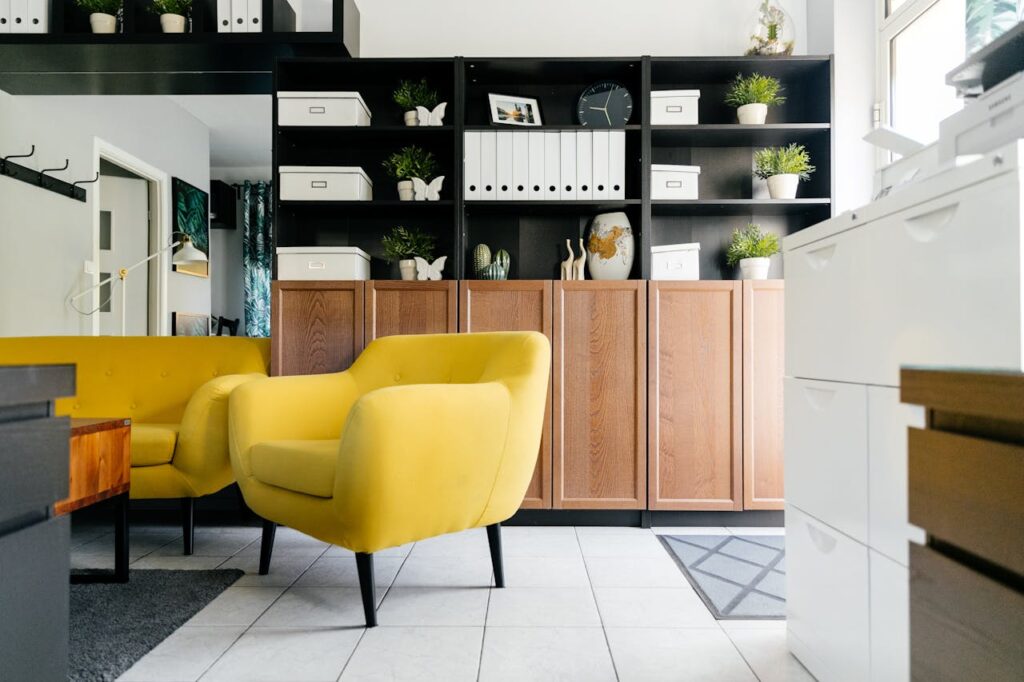
Challenge 1: Limited Space
Living in a small space can make organization tricky, but it’s doable. Here are some tips to make the most of what you’ve got:
Think Vertical: Use wall-mounted shelves, hooks, and pegboards to store items off the floor. This not only frees up space but also keeps things within easy reach.
Multipurpose Furniture: Look for furniture that doubles as storage, like ottomans with hidden compartments or beds with built-in drawers. These pieces can help you maximize your storage without taking up extra space.
Declutter Regularly: Keep an eye out for items you no longer need or use. Donate, recycle, or discard them to free up space for your needs. A good rule of thumb is eliminating anything you haven’t used in the past year.
Challenge 2: Mobility Issues
Adapting the “Point of Use” method to fit your needs is essential if mobility concerns you. Here are some ways to make your space more accessible:
Assistive Devices: Consider using grabbers or reachers to access items on higher shelves. Tools like button hooks or zipper pulls can also make daily tasks easier.
Smart Home Technology: Smart devices can be a great help. Voice-activated assistants like Alexa or Google Home can control lights, adjust thermostats, and even help you find misplaced items.
Strategic Placement: Store frequently used items in easily accessible places. Keep things at waist level or lower to avoid the need for reaching up or bending down.

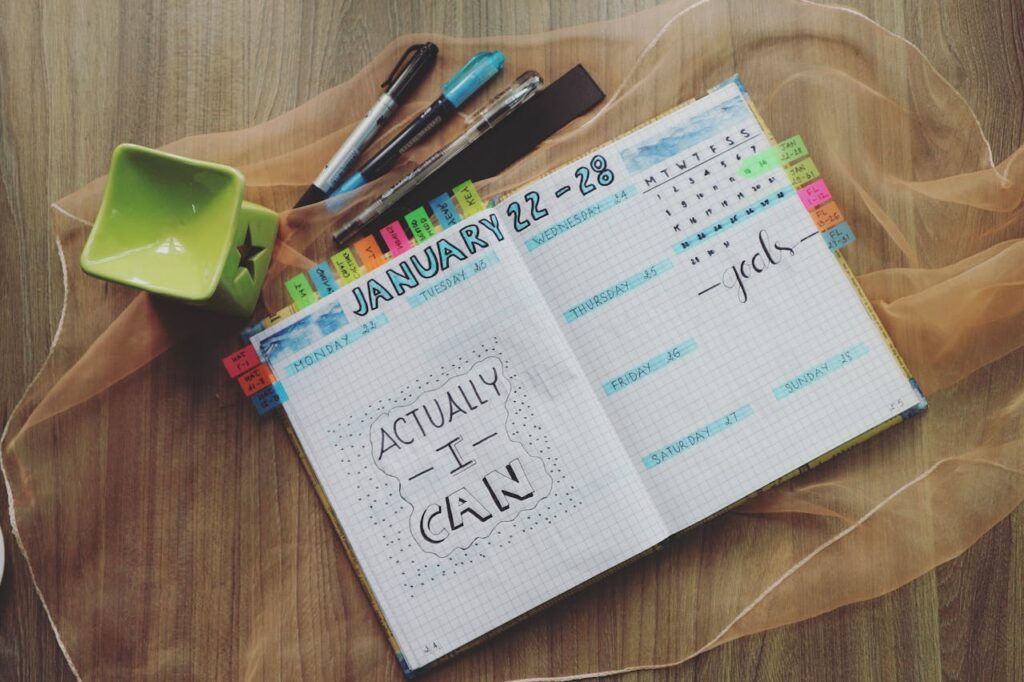
Challenge 3: Consistency
Keeping your space organized consistently can be challenging, but it’s vital to maintaining a stress-free environment. Here’s how you can stay on track:
Set Reminders: Use your phone or a calendar to set regular reminders for tidying up and reorganizing. A little upkeep goes a long way in preventing clutter from building up.
Involve Family Members or Caregivers: If you have family members or caregivers who assist you, ensure they understand your system. This way, they can help you keep things in their designated spots and maintain the organization.
Routine Check-ins: Schedule regular times to review your organization’s system. This could be weekly or monthly, depending on your needs. Use these check-ins to assess what’s working and what might need tweaking.
Remember, the goal is to create a system that works for you and makes your life easier. It’s okay to make adjustments as needed and to ask for help when you need it. By tackling these challenges head-on, you can create a more organized and accessible home that supports your daily life.
Conclusions for Points of Use
Let’s quickly review what we’ve discussed.
Recap of Key Facts
The “Point of Use” method involves storing items where you actually use them. This can reduce stress, increase independence, and improve the use of your living space. The steps are simple: identify critical items and areas, designate specific spots for these items, use organizational tools, and maintain the system with regular check-ins and labels.
Empowerment in Incremental Steps
I encourage you to start small. You don’t have to overhaul your entire home in one day. Pick one area or a few items and see how it goes. Gradually, you’ll notice this method’s positive changes to your daily life. Imagine the ease of knowing where your essentials are and the peace of mind that comes with a well-organized space.
Over to You!
Now, it’s your turn! I’d love to hear your tips and experiences with organizing your space. What works for you? What challenges have you faced, and how did you overcome them? Share your thoughts in the comments section below. Remember to check out additional resources and articles on our website to help you journey to a more organized home.
Additional Resources
Support and Community
You’re not alone in this journey. Connecting with others can make a big difference. Feel free to join our community to find support and share your progress. We are all united in this challenge of being housebound. Every little step counts towards creating a more manageable and joyful living space and quality of life.



